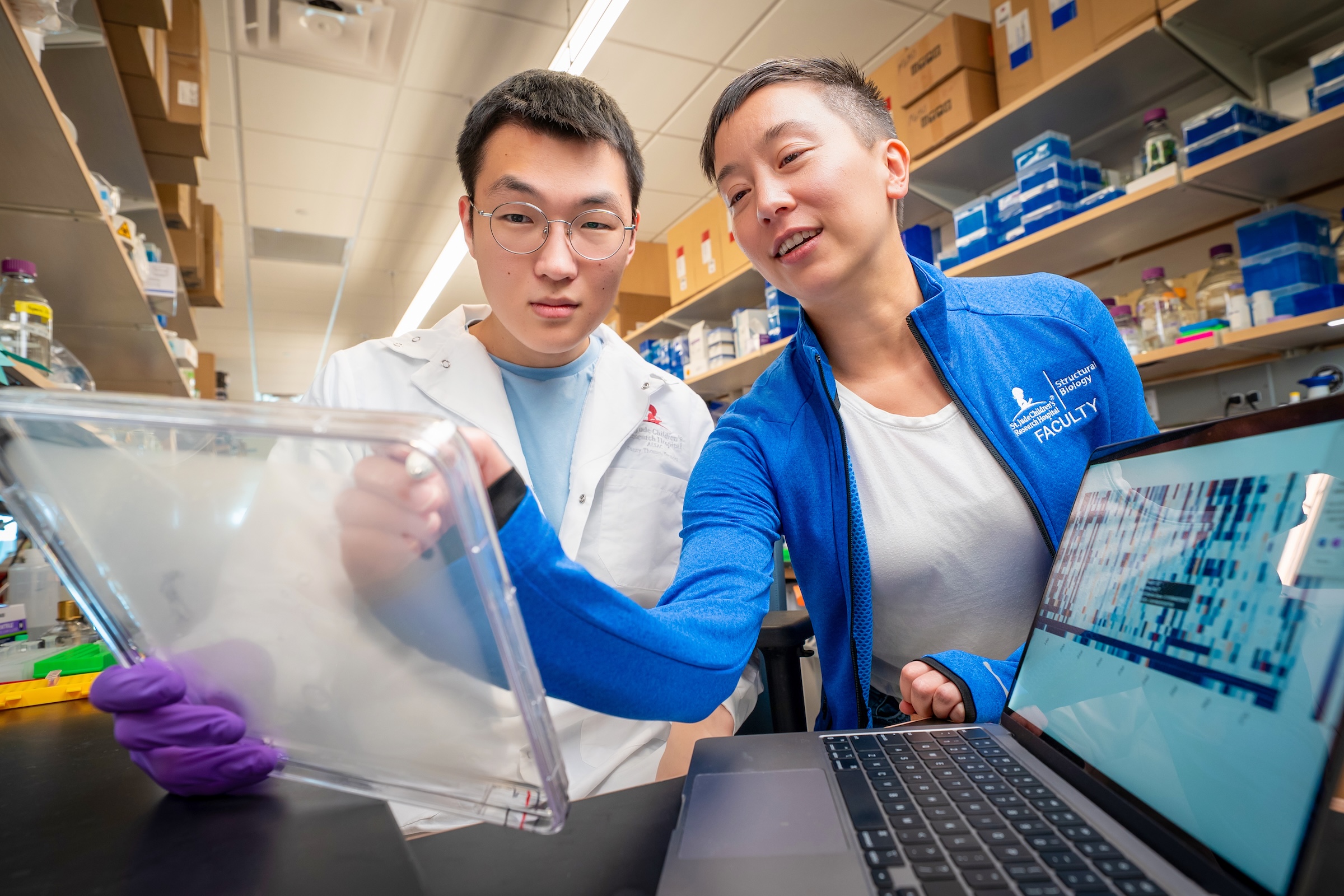A new study published in Nucleic Acids Research unveils crucial advances in the engineering of CRISPR-associated transposons (CASTs)—a class of natural, RNA-guided DNA integration systems. According to Seong Guk Park, PhD, lead co-first author and postdoctoral fellow in the lab of Elizabeth Kellogg, PhD, at St. Jude Children’s Research Hospital, “CAST is a biological system that can insert any DNA sequence—even an entire gene—into the genomic location of your choice.” This remarkable capacity positions CASTs as a potential foundation for next-generation genome editing and therapeutic technologies. First, though, scientists must find a better way to pick and produce the best CASTs, which will ease the bioprocessing burdens on these therapies.
Despite their promise, wild-type CASTs display low integration activity in non-native (heterologous) systems, limiting their direct therapeutic use. To address this, Kellogg, Park, and colleagues developed a high-throughput dual genetic screen capable of simultaneously quantifying the activity and specificity of a vast library of CAST variants. “The high-throughput screen we just developed tells us how well and how accurately each CAST variant works,” Kellogg explains. Using this system, the researchers demonstrated that the wild-type V-K CAST system consistently achieves 88–95% on-site targeting specificity.
By applying site-saturation mutagenesis across the core transposition machinery—TnsB, TnsC, and TniQ—the team uncovered mechanistic insights into CAST function and identified mutations that enhance activity up to four-fold while maintaining high specificity. “Mutations in different components show varying trade-offs between activity and specificity,” Kellogg and her colleagues note in the study, emphasizing that such trade-offs are “a critical aspect that is overlooked in conventional screening pipelines.”
The therapeutic potential of CASTs lies in their ability to achieve precise gene replacement, offering the possibility to “cure genetic diseases by simply replacing a defective gene with a healthy copy,” Kellogg says. She cautions, however, “CASTs show limited activity in human cells. We want to overcome this challenge, and this research is an important step toward that goal.”
Looking ahead, the team aims to translate these findings into mammalian systems. “Our primary goal is to develop CASTs that are both active and precise in human cells,” says Park. Advances in computational protein design may eventually streamline CAST’s multi-protein machinery, paving the way toward clinically viable, programmable integrases for therapeutic gene insertion on a commercial scale.
